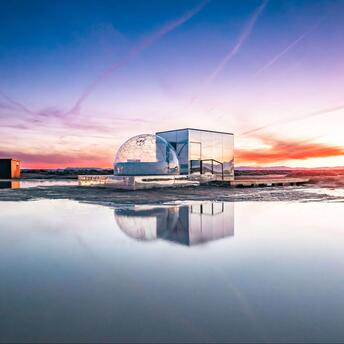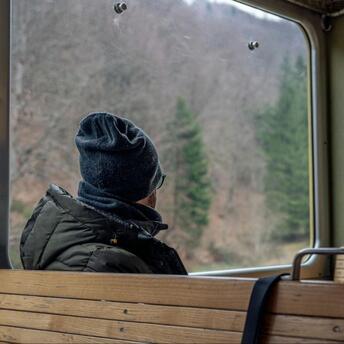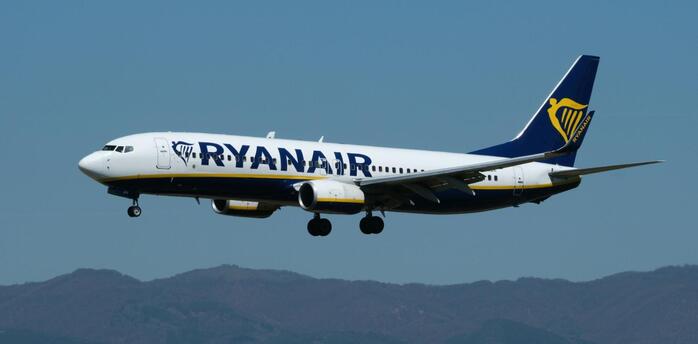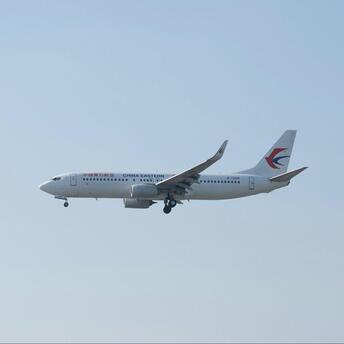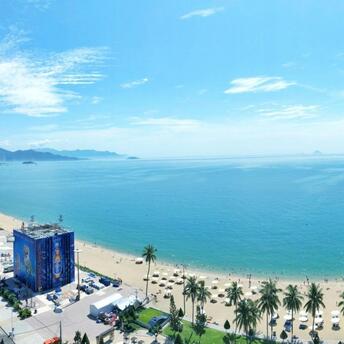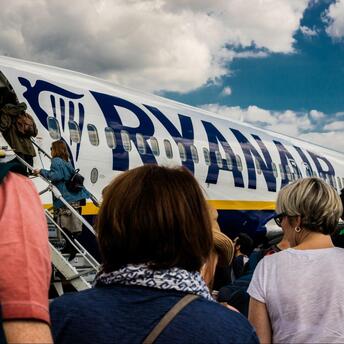Unraveling the Source of the Nine-Day Seismic Mystery in Greenland
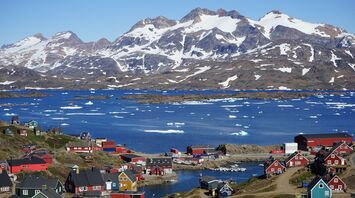
Scientists have identified the source of the seismic signal that disturbed the Earth's crust for nine consecutive days in September of last year. The cause of this abnormal activity was a massive rockslide in one of Greenland’s fjords, which led to a powerful tsunami. This event not only left researchers puzzled but also caught the attention of climate scientists, as such events could become increasingly common with ongoing climate shifts.
The Event’s Nature
The fjords of Greenland's eastern coastline, carved over countless centuries by the movements of glaciers, were once again at the center of attention. A landslide within one of these fjords dramatically reshaped the local landscape. The seismic disturbances it generated were detected around the globe, leaving scientists scrambling to identify the source for several days. Soon after the signals were recorded, researchers in Greenland were informed of a significant tsunami that occurred in the eastern region.
By comparing images of the affected area before and after the incident, it became clear that the top of a mountain had collapsed into the fjord, taking parts of a nearby glacier with it. Scientists then analyzed the geometry and depth of this fjord, which stretches over 200 kilometers, to understand why the tsunami reverberated for such a prolonged period. The waves were essentially trapped within the narrow confines of the fjord, unable to escape into open water, resulting in continuous motion that lasted for an unprecedented nine days.
Impact on Arctic Tourism
Despite its remote location, this area of Greenland is frequently visited by cruise ships. Thankfully, there were no vessels in the vicinity when the landslide occurred. However, experts have pointed out that such incidents are becoming more likely, especially in the Arctic, as glaciers that support mountains are shrinking due to rising temperatures. In this case, the glacier had weakened over time, eventually causing the collapse of millions of tons of rock and ice into the fjord below.
The seismic activity in Greenland serves as a strong reminder for those interested in both natural phenomena and the safety of Arctic travel. Even though this area is remote, it is frequently visited by cruise ships, and natural disasters like this could pose significant risks to travelers. Experts are calling for improved seismic monitoring systems in the Arctic to better predict and warn of potential threats.




